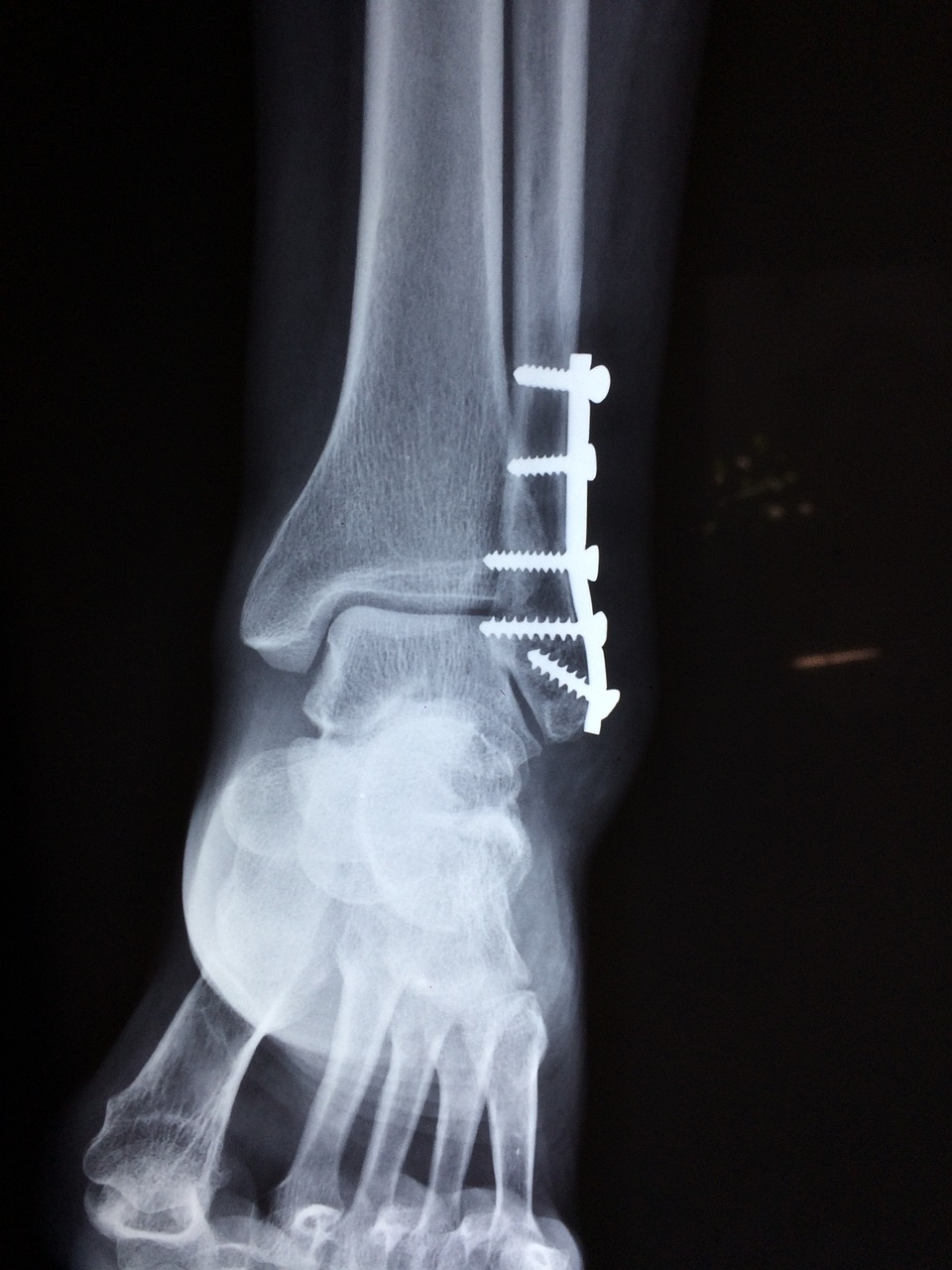Bio Mechanics
Biomechanical Elements:
In vehicular accident litigation and claim processing, understanding physiological and mechanical factors that influence the severity, speed, and impact is crucial. Biomechanics, which applies principles of physics, especially mechanics, to living organisms, plays a significant role in assessing various aspects of accidents:
Strength of various bones: Evaluating the strength of bones helps determine the likely force of impact (and therefore speed of an vehicle) and the extent of severity of injuries sustained.
Failure strength of muscles, tendons, and ligaments: Assessing the failure strength of soft tissues aids in understanding the extent of damage and trauma inflicted during the collision.
Vertebral disk failure strength: Understanding the resilience of vertebral disks is essential for comprehending spinal injuries and their severity.
Physiological factors affecting sensory function: Exploring physiological factors influencing sensory function provides insights into how perception impacts driver response and accident outcomes.
Mechanical aspects of vision and hearing: Analyzing the mechanical aspects of vision and hearing sheds light on how these senses contribute to driver awareness and reaction times.
Physics of sound: Understanding the physics of sound helps assess how auditory cues contribute to situational awareness and accident prevention.
Digestive system considerations: Certain aspects of digestion may influence accident outcomes, particularly concerning shock and drug metabolism affecting driver performance.
Magnitude, direction, and duration of forces causing injury: Understanding the forces involved in accidents helps determine the severity and type of injuries sustained by occupants.
Maximum expected strength based on height and weight: Considering the maximum expected strength based on individual characteristics aids in predicting injury outcomes and impact tolerance.
Influence of age on strength, dexterity, and performance: Recognizing how age affects physical capabilities and reaction times provides insights into vulnerability and injury patterns across different age groups.
Biomechanical aspects of disabilities and neuromuscular diseases: Understanding how pre-existing conditions affect biomechanical responses to accidents helps tailor interventions and safety measures.
In essence, biomechanics offers a comprehensive framework for assessing the physiological and mechanical factors that influence the severity, speed, and impact of vehicular accidents, including considerations related to disabilities, neuromuscular diseases, and overall performance.


